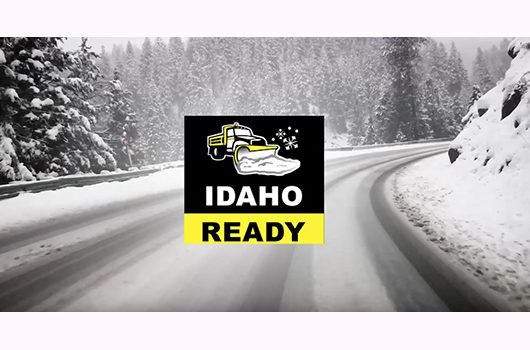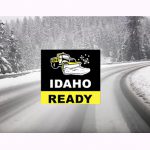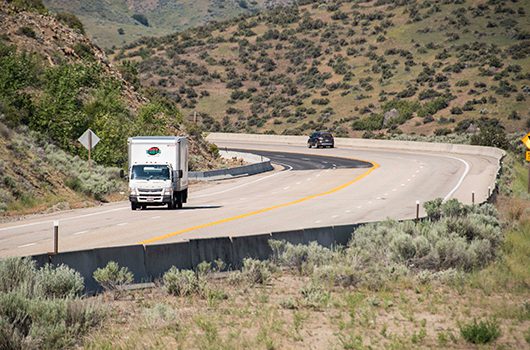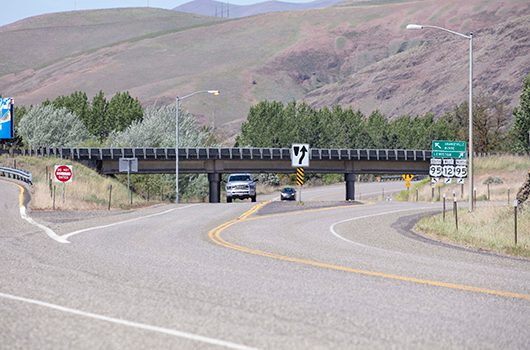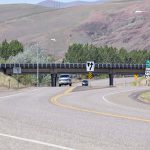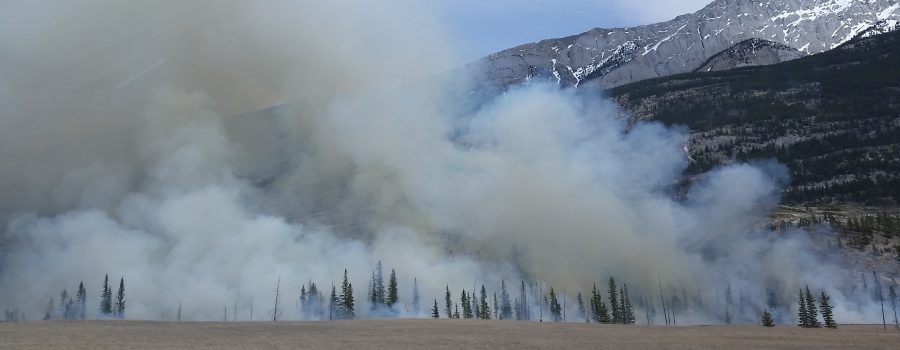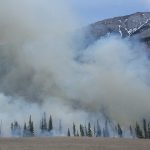This week the Idaho Transportation Department’s Office of Highway Safety reminds families that keeping children safe on the road means putting them in the right car seat. Sept. 19-25 is Child Passenger Safety Week and free car seat checks are planned at locations throughout Idaho.
According to the National Highway Traffic Safety Administration, car crashes are the leading cause of death for children. When installed correctly, car seats can reduce the risk of fatal injury in a crash by 71% for infants and by 54% for toddlers.
“Every child is unique, and so is each car seat. Read the manufacturer’s instructions and requirements to know if your car seat is the right size for your child’s age, height, and weight,” said Child Passenger Safety Program Manager Tabitha Smith. “Too often we see car seats used incorrectly, but no parent wants to get it wrong when it comes to their kid’s safety.”
To help parents and caregivers select the correct car seats for their children, certified child passenger safety technicians will hold free car seat checks at the following events, no appointment needed:
- Orofino: Wednesday, Sept. 22, 3-6 p.m. at Orofino City Park
- Grangeville: Thursday, Sept. 23, 1-6 p.m. at 600 E. Main Street
- Cottonwood: Friday, Sept. 24, 2-6 p.m. at St. Mary’s Hospital
- Malad City: Friday, Sept. 24, 10 a.m.–2 p.m. at Nell Redfield Memorial/Oneida County Hospital
- Pocatello: Friday, Sept. 24, 2-6 p.m. at Pocatello Police Department
- Moscow: Saturday, Sept. 25, 12-3 p.m. at 1420 South Blaine Street
- Idaho Falls: Saturday, Sept. 25, 11 a.m.–2 p.m. at Grease Monkey
- Meridian: Saturday, Sept. 25, 9:00 a.m.-1:00 p.m. at Meridian Fire Station 5
“These events make it easy to drive up and take just a few minutes out of your day to double check your car seat. This way you are prepared and protecting your child in case of a crash,” Smith said.
If you can’t make it to one of these events, Idaho has more than 90 car seat check stations across the state, with over 200 certified child passenger safety technicians willing to provide education and car seat inspections by appointment all year. To find the free car seat check site near you, visit shift-idaho.org/childsafety.
The National Highway Traffic Safety Administration recommends keeping children rear-facing as long as possible, up to the top height or weight limit allowed by the particular seat. Once a child outgrows the rear-facing seat, he or she is ready to travel in a forward-facing car seat with a harness and tether. When children exceed the weight or height limits for their forward-facing car seat, it’s time for a booster seat. The safest place for all kids under 13 is the back seat of the car.
“Every time your family gets on the road, make sure everyone is properly buckled, including the smallest passengers,” Smith added. “The right car seat or booster seat is key to keeping kids as safe as possible on the road.”
For more information and car seat guidance visit shift-idaho.org/childsafety or NHTSA.gov/TheRightSeat.
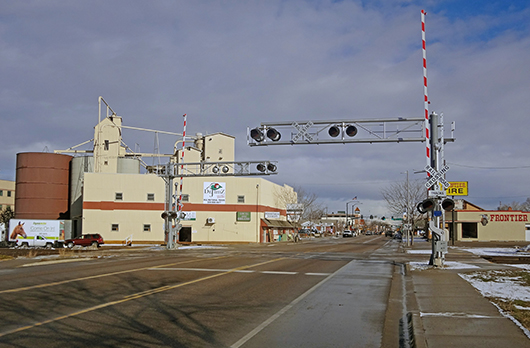



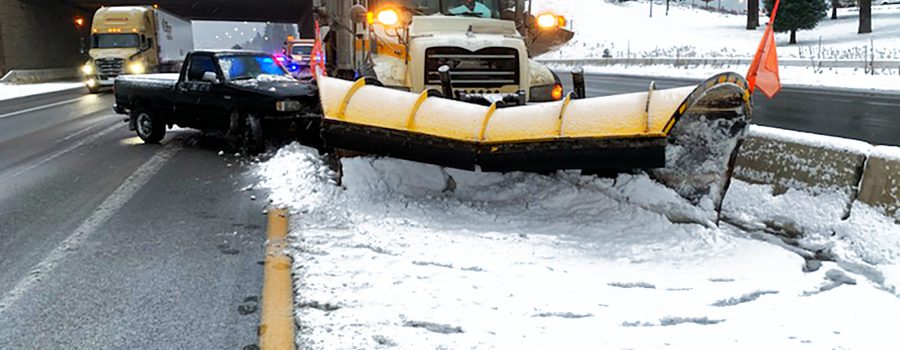
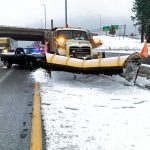
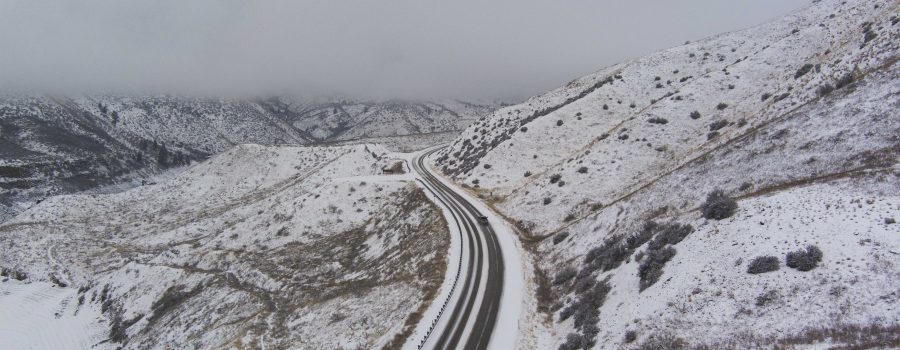
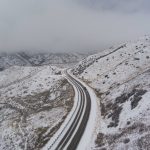


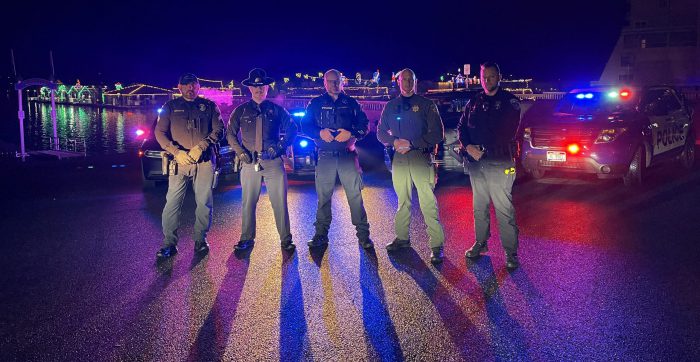 During the holiday season the parking lots of local bars and restaurants will fill up as more people are out celebrating. Law enforcement officers say unfortunately it isn’t uncommon to see those full parking lots almost empty once bars close. Through “Pack the Parking Lots,” the North Idaho DUI Task Force hopes drivers will leave their cars safely parked for the night and find a sober ride home. The goal is to see the bar parking lots as full after closing time as they were before closing.
During the holiday season the parking lots of local bars and restaurants will fill up as more people are out celebrating. Law enforcement officers say unfortunately it isn’t uncommon to see those full parking lots almost empty once bars close. Through “Pack the Parking Lots,” the North Idaho DUI Task Force hopes drivers will leave their cars safely parked for the night and find a sober ride home. The goal is to see the bar parking lots as full after closing time as they were before closing.